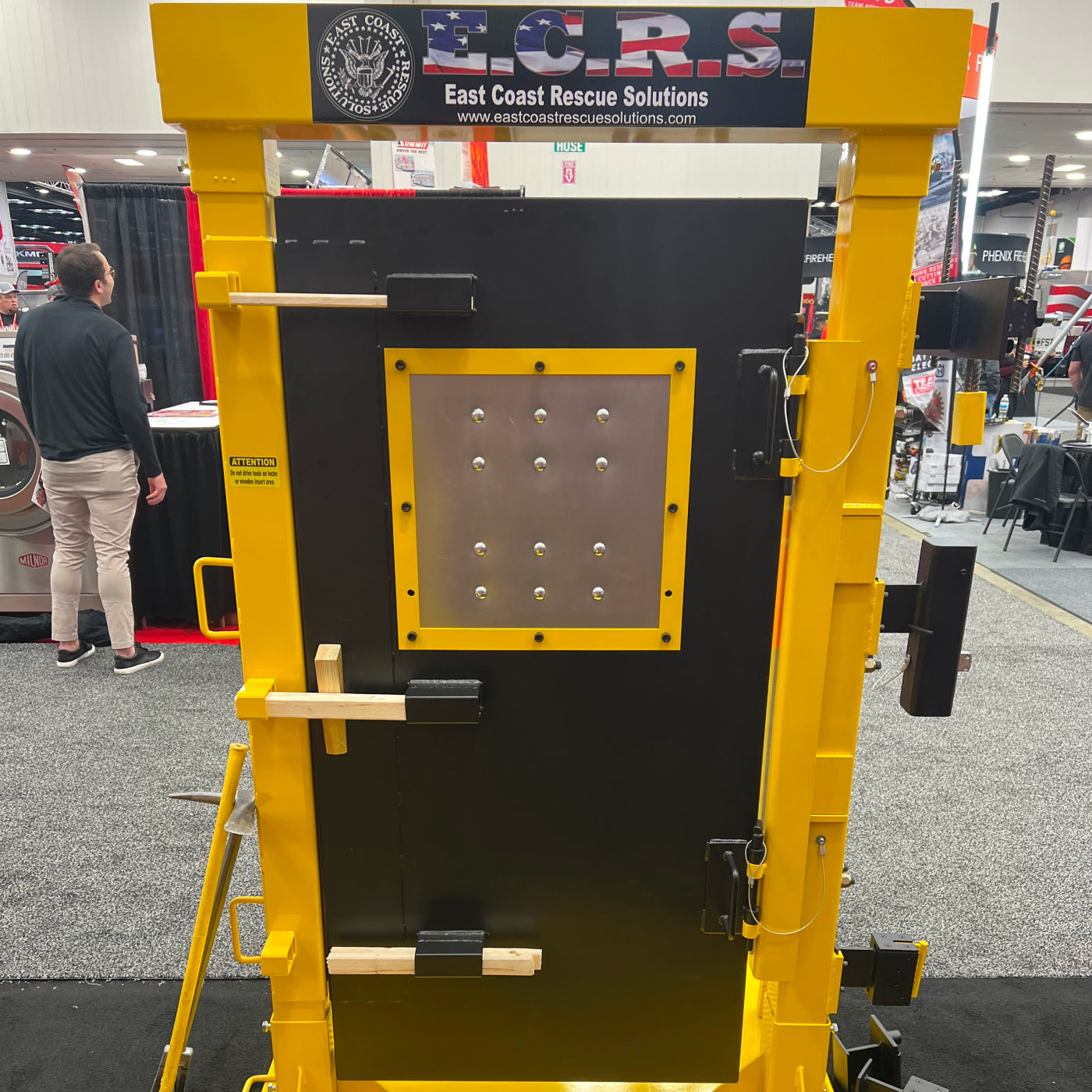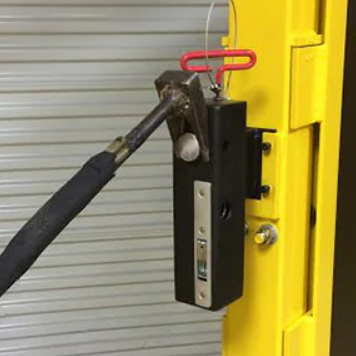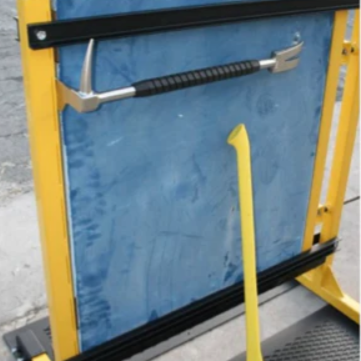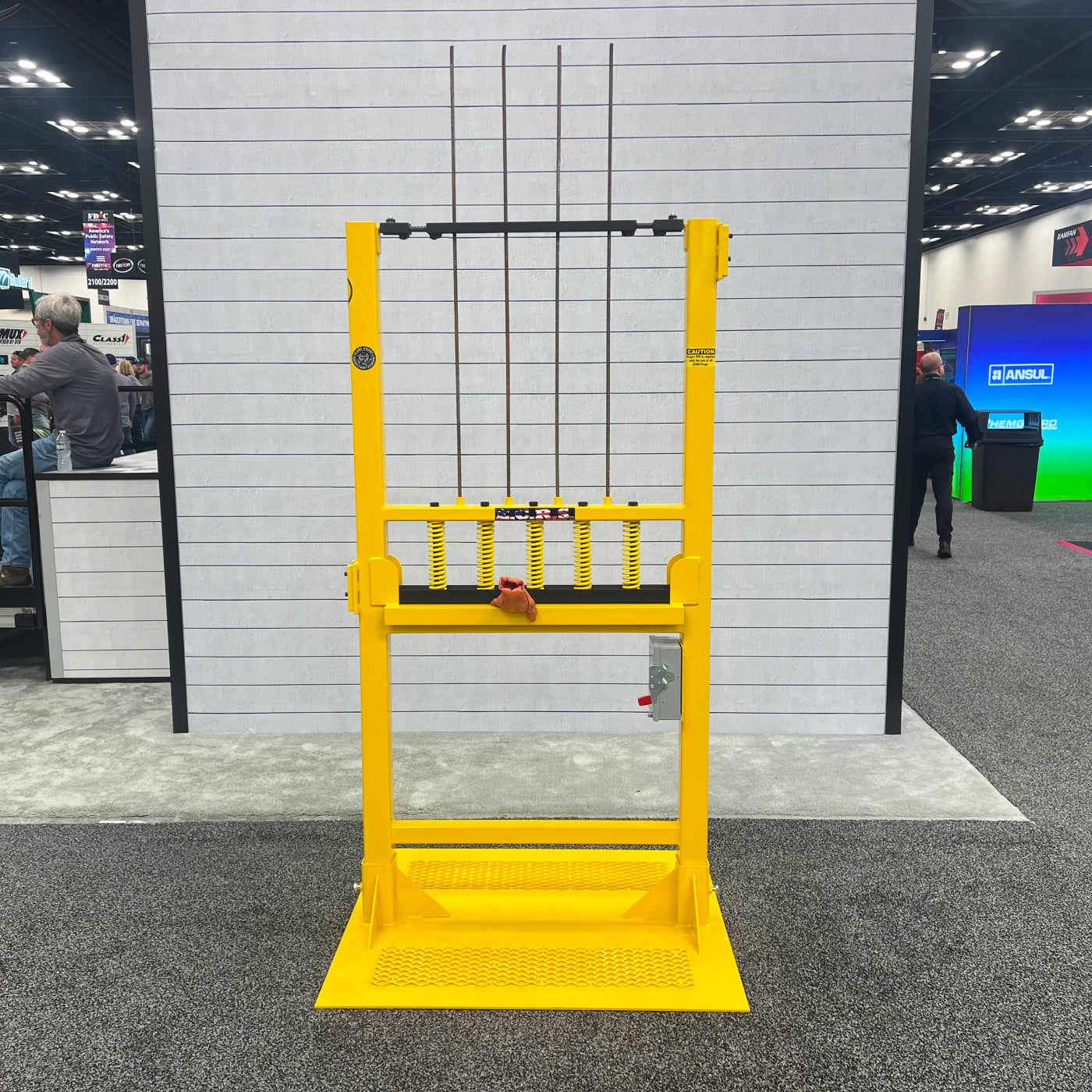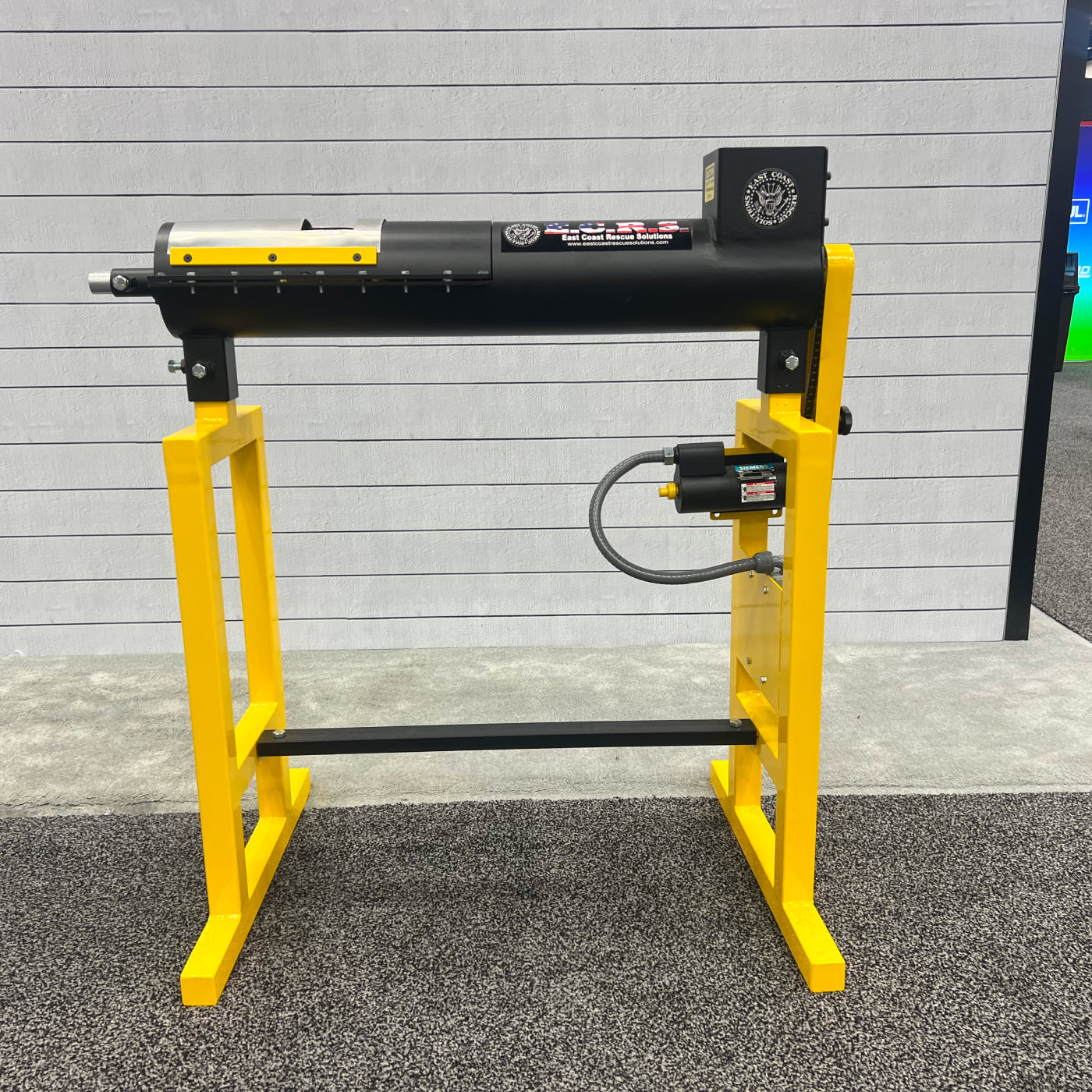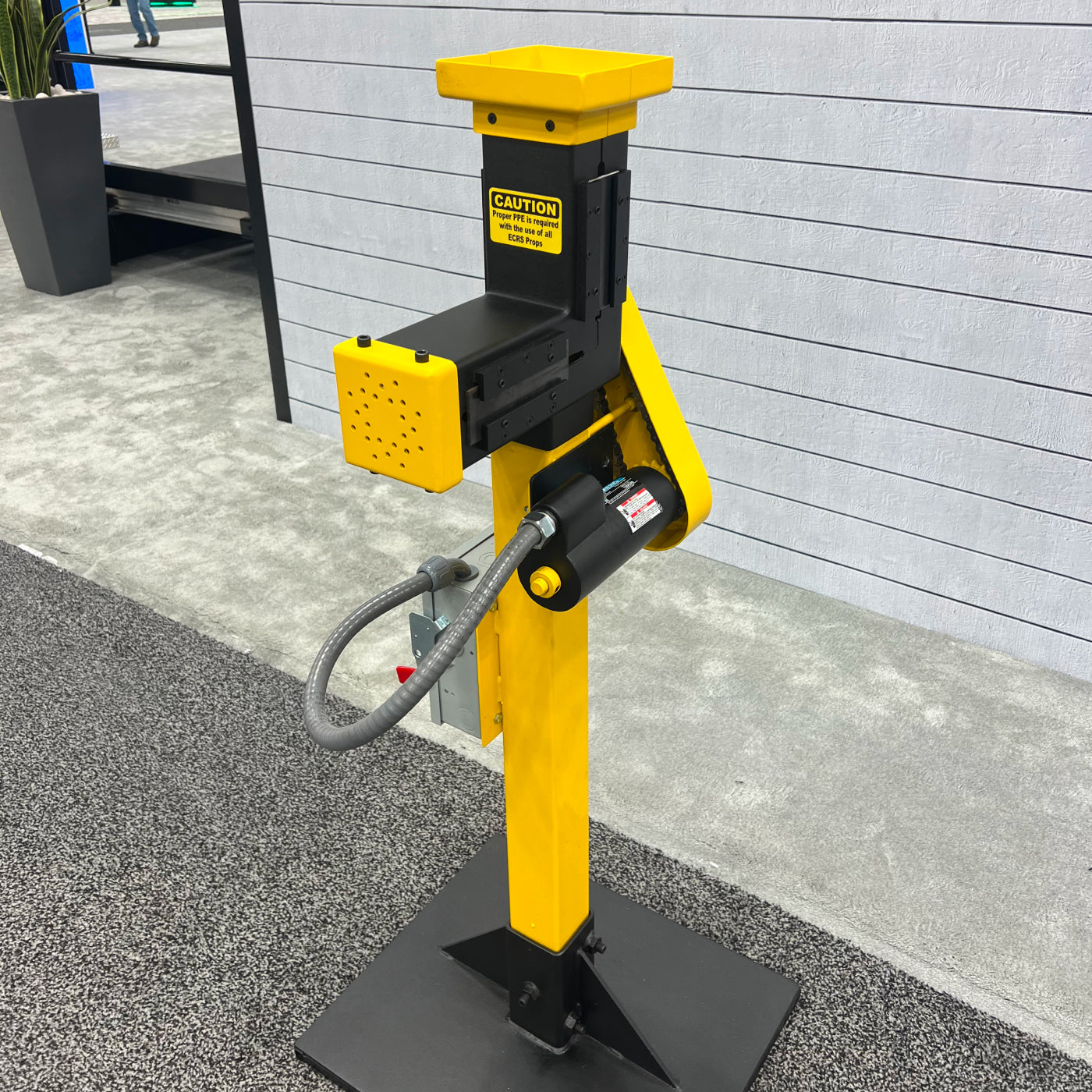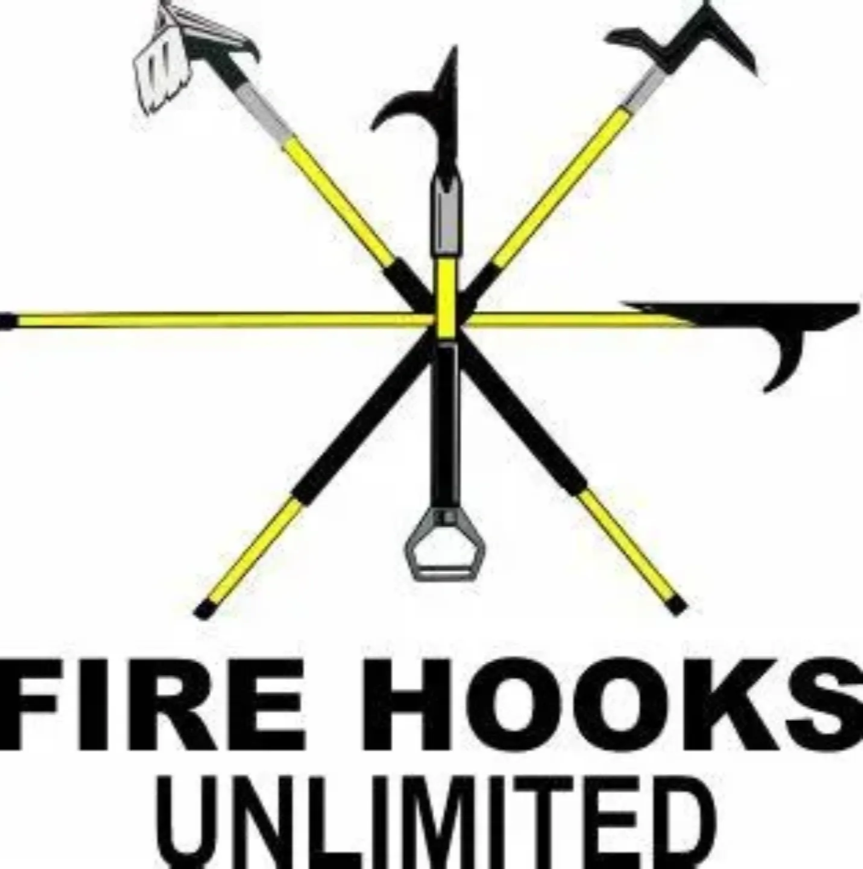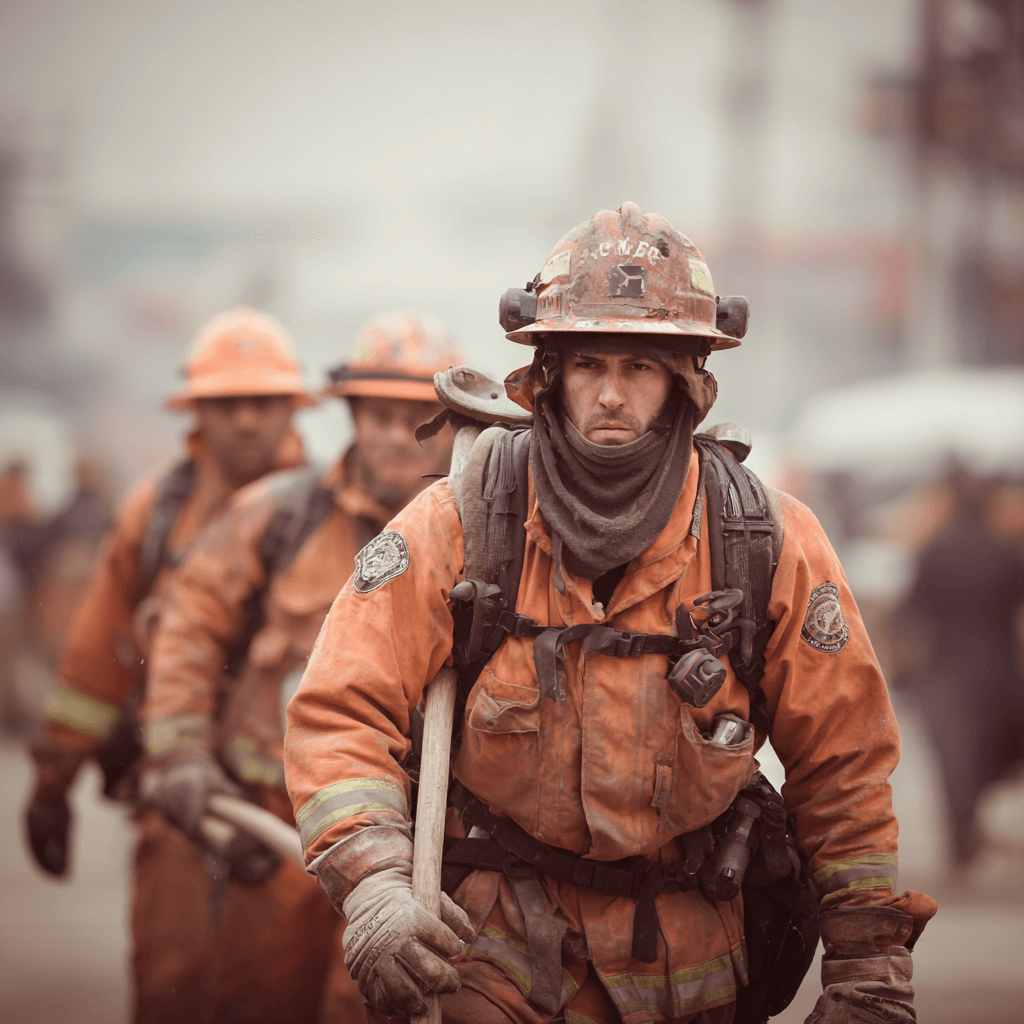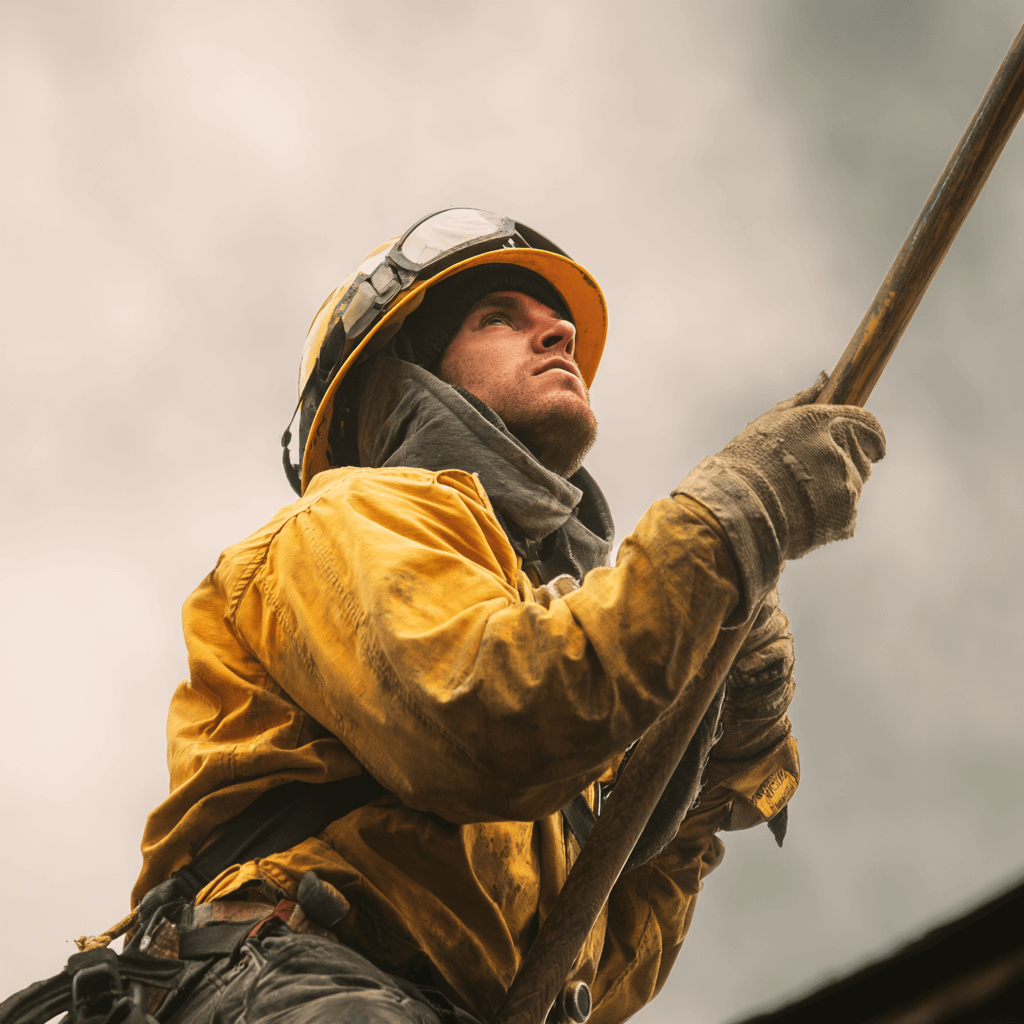A fire hook is far more than a glorified pike pole. Used correctly, it’s a multi-purpose extension of your hands—good for opening roofs, clearing ceilings, probing for structural weakness, and even locating victims in zero visibility.
Below are the core techniques every firefighter should drill until they’re second nature.
1. The Overhead Ceiling Pull
Purpose: Expose hidden fire in plaster, drywall, or drop-tile ceilings.
Step-by-step
-
Position: Stand slightly off to one side of your target so falling debris misses your SCBA facepiece.
-
Punch: With a short jab, drive the hook’s point straight through the surface.
-
Set Teeth: Rotate the head a quarter-turn to seat the teeth behind the material.
-
Pull: Use your body weight—arms straight, knees bent—to peel the ceiling down in one smooth motion.
Pro tips
-
Keep your non-dominant hand halfway down the shaft for leverage and control.
-
Listen for “crackle” or hiss; that sound often guides you to the seat of smoldering fire.
2. Roof Ventilation: Punch-and-Pull
Purpose: Enlarge or clean up saw cuts so heat and smoke vent efficiently.
-
Sound First: Tap ahead of every step. A solid “thunk” means safe decking; a hollow “drum” may signal impending failure.
-
Punch: Drive the hook’s point through decking beside your cut.
-
Roll: Use the hook as a lever, peeling roofing material away from the opening.
-
Sweep: Hook and drag loose boards or insulation clear of the hole to prevent re-ignition.
Safety reminder: Keep knees bent and weight distributed—roof systems can pancake with little warning.
3. Structural Sounding and Probing
A long hook lets you test floors, roofs, and stairs without putting your boots—or your crew—at risk.
-
Tap the surface ahead of your lead foot.
-
Feel for vibration: A solid joist transmits a crisp rebound; spongy or no feedback suggests rot or burn-through.
-
Probe voids: Insert the hook into balloon-frame bays or behind knee walls to check for extension.
4. Window and Wall Breach
Purpose: Create rapid egress, advance hose effortlessly, or relieve heat.
-
Strike Low Corner: Aim for the lower pane to avoid top-down glass shower.
-
Hook and Yank: Seat teeth behind sash or stud and pull outward, letting the tool—not your lower back—do the work.
-
Clear Edges: Rake the frame to remove jagged glass before crews advance.
For gypsum walls, a sharp jab plus a downward flick creates a starter hole; enlarge with controlled pulls.
5. Search Sweeps & Victim Drags
In zero visibility, a six-foot hook becomes an extended tactile probe:
-
Sweep in arcs ahead and to both sides at floor level; you’ll detect holes, debris, or an unconscious victim without crawling blindly.
-
Victim assist: If the hook teeth snag turnout gear, you can drag a downed firefighter toward an exit while staying low and protected.
6. Tool Marriage & Carry Techniques
-
Hook + Halligan: Slide the adz through the hook’s D-handle or grip slot; tape lightly for one-handed ladder climbs.
-
Hook + Saw: Use the hook as a “pusher” to clear decking after every roof cut, keeping the saw balanced in your other hand.
Practicing these marriages saves stairwell time and frees a hand for the handrail.
7. Rapid Intervention & Debris Removal
RIC teams should keep a mid-length hook handy when searching for a missing member:
-
Lift collapsed ceilings piece-by-piece without exposing rescuers.
-
Leverage heavy debris by seating the hook and using your body as the fulcrum.
-
Trace hoselines or lifelines in tangled environments by hooking and following them toward the mayday call.
8. Salvage & Overhaul Pull-Back
After knockdown, hook work continues:
-
Rake insulation away from smoldering joists.
-
Strip baseboards or trim to expose hidden fire in walls.
-
Flip furniture—a hook grip keeps your gloves dry and lets you work at arm’s length from sharp springs.
Training It In: The “Hook Rodeo” Drill
-
Set three stations: ceiling prop, drywall wall, and roof deck panel.
-
Full PPE, blacked-out mask. Each firefighter cycles through punch-and-pull, breach, and sounding in under 60 seconds.
-
Add stressors: radio chatter, PASS alarms, elevated heart rate (stair climb first).
Repeat quarterly until motions are automatic—even when you’re winded and blind.
Common Pitfalls to Avoid
-
Choking up too high on the shaft—reduces leverage and strains shoulders.
-
Standing under the pull zone—increases injury from falling debris.
-
Jerky, half-hearted pulls—wastes energy and may leave hidden fire untouched.
Drill slowly for form, then add speed; bad habits set fast under stress.
Final Word & Call to Action
Mastering these fire-hook techniques turns a simple tool into a multi-function lifesaver—one that can open roofs, reveal hidden fire, and probe the unknown, all while buying you precious seconds on the fireground.
Train hard, swing smart, and every strike of that hook will work in your favor.

